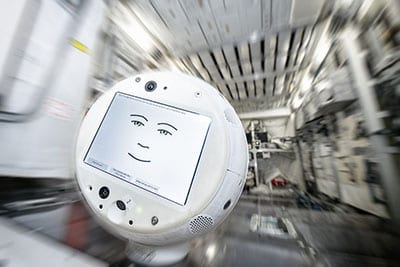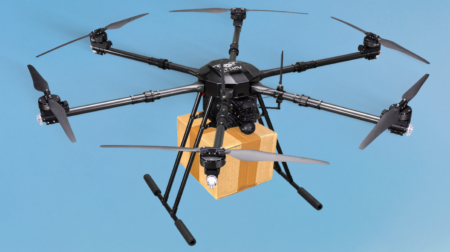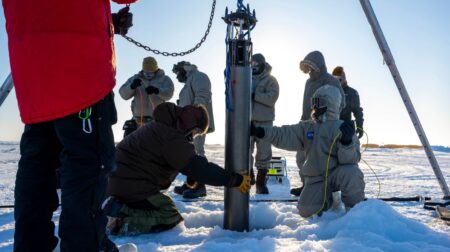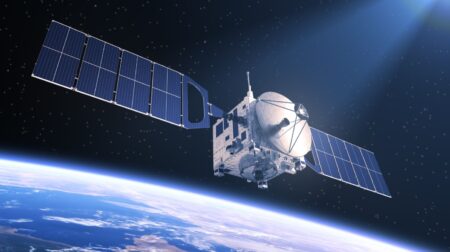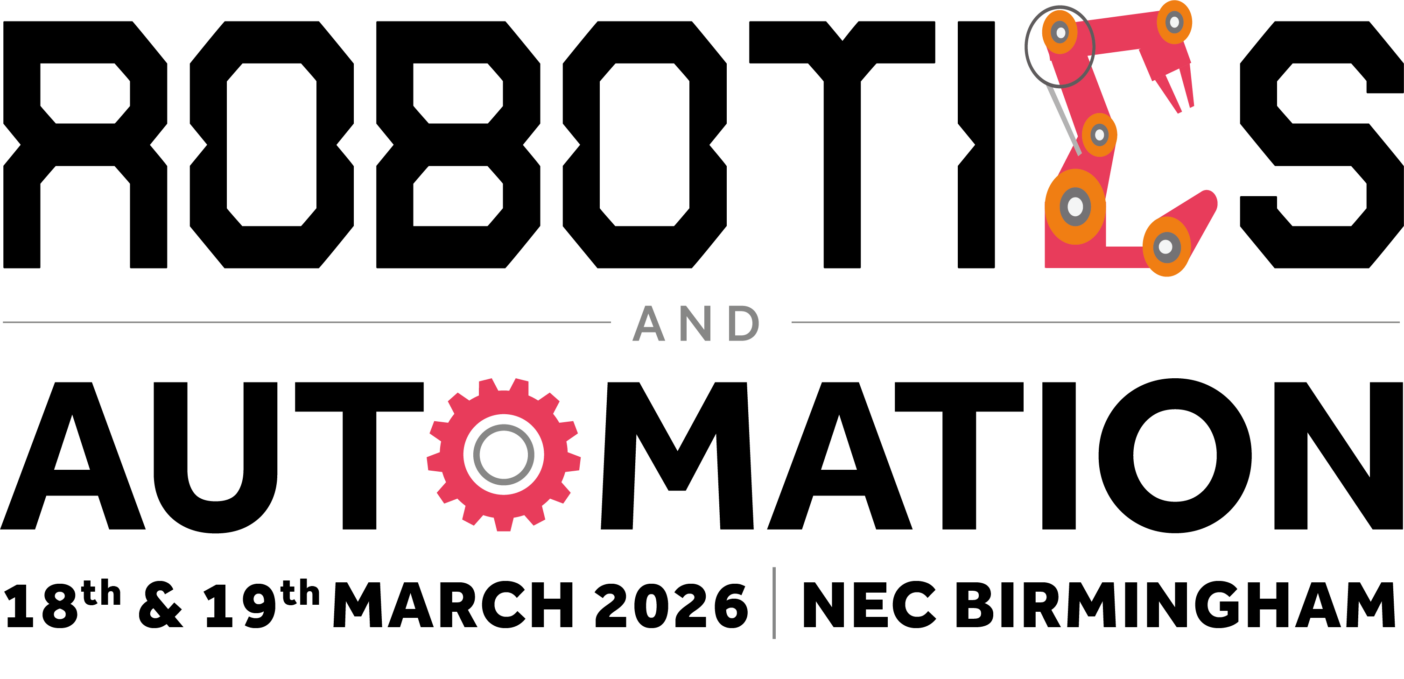CIMON, an AI-powered astronaut assistant, returned to the International Space Station (ISS) on 4 December, this time with an increased ability to analyse human emotion.
The original CIMON spent 14 months in space but CIMON-2, a joint project by IBM, Airbus and the German Aerospace Centre (DLR), is looking to move from a scientific assistant to “an empathetic companion.”
CIMON stands for Crew Interactive Mobile Companion, and was developed to help astronauts with their many tasks and research activities.
The voice-controlled floating robot, operates with a slight smile on its screen face and can display instructions and record images during an experiment. It can read from manuals and give conversational responses.
CIMON-2 includes more sensitive microphones, more robust computers, and IBM Watson Tone Analyser technology, which uses linguistic analysis to detect emotion from the tone of a conversation. Like the original CIMON, CIMON-2 will use a dozen internal rotors to manoeuvre weightlessly, nod or shake its head when listening, and follow an astronaut independently or on command.
CIMON-2 is equipped with ultrasonic sensors, so has been engineered for improved orientation within the tight quarters of the ISS. Just like the first CIMON, CIMON-2 uses cameras, microphones and a speaker to see, hear and speak.
CIMON-1 returned to Earth from the ISS in August. CIMON-2 is going back to the space station on a SpaceX rocket that launched from Kennedy Space Centre in Cape Canaveral, Florida earlier this month.
When CIMON-1 was first used at the ISS, “it proved it could understand not only the content within its given context, but also the intention behind it, using IBM Watson,” said Matthias Biniok, IBM project manager, Watson AI.
In addition, the research team is looking ahead to future scenarios. One possibility would be to upload AI into an “ISS cloud” for use in space travel. “On a journey to the Moon or Mars, the crew would be able to rely on an AI-based assistance service, without a permanent data link to Earth,” said Christian Karrasch, CIMON project manager with DLR.

